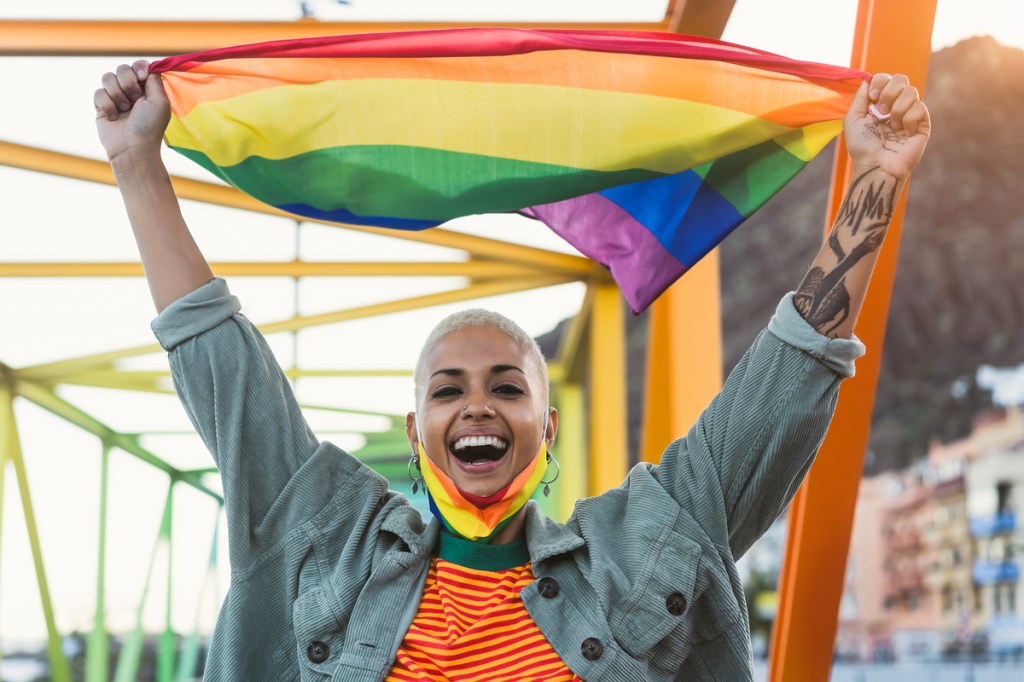2021 Beauty Holiday Shopping Trends
Though 2021 was a return to “normal” for many industries, it was especially beneficial for beauty brands. Consumers sought to reward themselves and their families after trying times. This meant beauty and personal care actually had the most successful holiday season on record. A number of interesting trends also developed.
Here are 3 big trends we saw in last year’s holiday shopping:
1. Consumer Optimism Was High
The latter half of 2021 was a time of growth for many brands and industries. Consumers were mostly relieved from COVID lockdowns, family gatherings and holiday celebrations were back on the table, and they were ready to spend. This was clear from the holiday season’s sales figures. Beauty and personal care experienced a strong sales resurgence across in-store (+12.5%) and online (+27.8%) channels compared to 2020. In the end, consumer optimism led to more than $11 billion being spent on beauty and personal care products in Q4.
2. Online Shopping Continued to Grow
The shift to eCommerce and omnisales shopping continued throughout the 2021 holiday season. Tech giant Amazon accounted for 39.9% of total online category purchases and $4 billion was spent buying beauty and personal care products online. Still, in-store sales figures were higher, showing that brands that took an omnishopping approach had a better chance of seeing strong sales. Making sure that your brand provides consumers with the opportunity to shop where they want and how they want is key.
3. Sales Extended Beyond Black Friday
In-store sales of beauty products not only continued throughout December, but they actually increased. The final two weeks in December saw similar sales figures for beauty and personal care products as the peak for Black Friday. Consumers were clear that these products are good purchases up until the last minute and may be add-ons to their existing carts in store. However, online sales dipped after Cyber Monday and fell off to their lowest in the last two weeks. Understanding these trends will allow you to better allocate resources to the right channel at the right time.
2022 Beauty Holiday Shopping Trends
Though 2021 was a strong year for beauty and personal care brands, the 2022 outlook is a bit murkier. Inflation and consumer confidence have been fluctuating all year and early sales figures don’t point to strong sales for many industries. But, beauty brands may not be impacted to the same degree.
Here are 5 trends we expect to see from beauty and personal care shoppers this holiday season:
1. Inflation Will Play a Role
In Q3, the US economy inched ever closer to a consumer recession. That is, consumers feel like they need to be more frugal to cope with rising costs. During this time, we also saw a 12% increase in prices during Q3, which is a record high for CPG. These trends shone through during the early holiday October Prime Day sales. 38% of shoppers used the sale to get deals on groceries and everyday essentials. 72% of consumers surveyed said they only spent under $200 on a mixture of holiday gifting and everyday essentials. Beauty brands had a stronger showing with 31% of consumers buying haircare products, but inflation still dampened these figures. Going into the season, you’ll need to understand how consumers are feeling and how your products can fit into their needs and outlook.
2. Emerging Brands Have Opportunities
The holiday season gives many emerging brands the chance to get discovered and hit revenue goals. And, while inflation is having an impact across the board, it’s opening up new opportunities for many emerging brands. The consumer shift toward belt-tightening means that emerging brands that offer a lower price point than established brands can take share. By identifying your target customers and understanding how they’re choosing to spend their dollars, you can align your messaging to match. Emerging brands are generally more agile and can shift focus more easily. So, they have the opportunity to ride the wave of consumer demand this holiday season to strong sales.
3. Omnichannel Shopping Will Continue to Grow
Total CPG online sales are up $21 billion over last year. Only 14% of consumers are still solely shopping for FMCG products in brick-and-mortar stores, so brands need to meet their customers where they shop. Beauty brands that embrace omnichannel this holiday season will outpace those that don’t. But, this doesn’t mean in-store sales are dead. As we saw last year, in-store sales still surpassed online, and they grew throughout December. You should be using every channel to drive sales and entice customers, but you should make sure you know what your customers want. An in-store display will garner little return if your customers want to shop online this season.
4. Product Attributes Will Resonate
One area where consumers haven’t slowed down is a focus on product attributes that align with their needs and values or goals. Brand resonance will allow you to build a stronger relationship with customers and use these product attributes to grow sales. Across 18 markets measured outside of the US, consumers are looking for a brand that provides them, personally, with environmental and social benefits. Additionally, consumers that embrace omni or online shopping are actively seeking out specific product attributes in their searches. If you optimize your online listings to highlight the attributes sought by your target customers, you’ll have a better chance of making online sales this holiday season.
5. Private Label Products Will Sell
One of the ways consumers adjust their spending habits during inflationary times is you seek out cheaper alternatives to their preferred brands. Private-label brands are making the most out of this trend and taking market share at an alarming rate. Globally, private labels account for 19.4% of overall FMCG value sales. That’s not to mention the October Prime Day sales figures. Despite conversation around Amazon cutting back on their private label offerings, consumers did opt to shop private label. In fact, the top private label category during these early sales was beauty, specifically Cosmetics and Haircare. It will be important to factor in private label brands as competition and track their market share going forward.

Make Your Holiday Sales Beautiful
Adjusting your methodology to meet shifting markets this holiday season relies on your ability to access and act on data. Understanding customer behavior, sales trends, and future opportunities can make all the difference, but you need to rely on up-to-date and accurate data.
With Byzzer’s reporting solutions, you can have all the data you need at your fingertips. Reach out to our team, so we can help you build a customized paid plan with Byzzer. You can have this data and much more available for any need that may come up.
Whether you’re looking to launch new products, price a CPG product, or just use retail data to gain market share, we can help.



